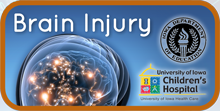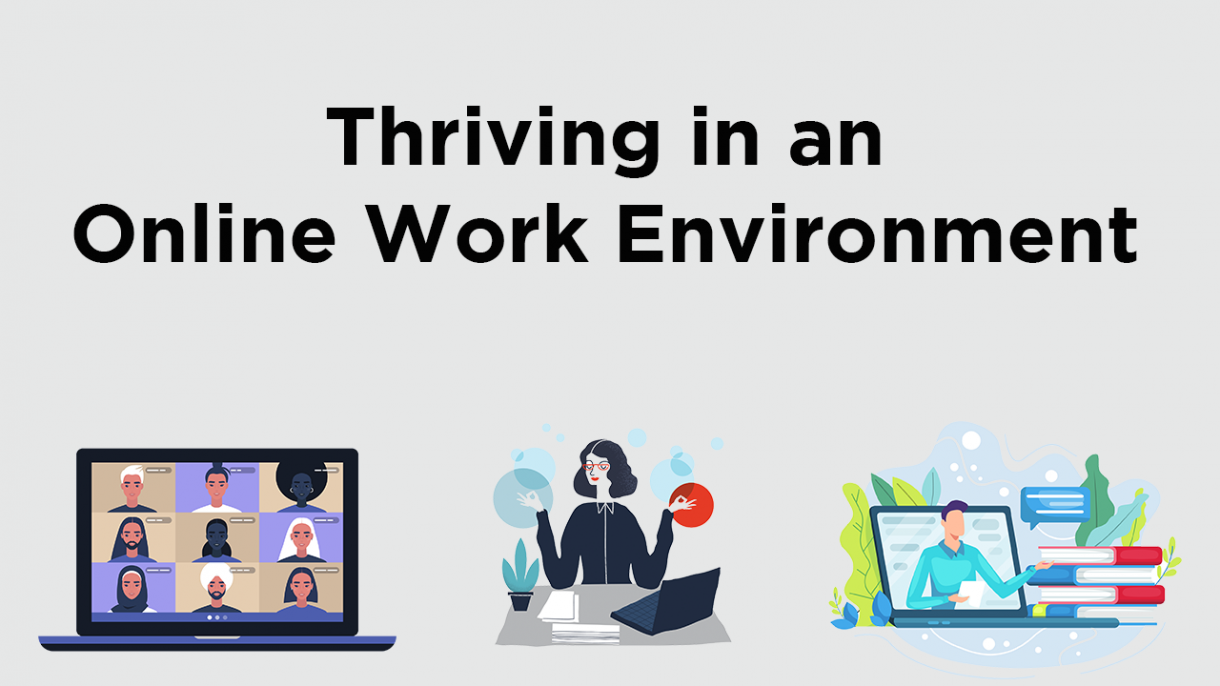Course Summary
There are three sections in this course:
- Section 1: Brain Structure and Function
- Section 2: Common Deficits Following Brain Injury
- Section 3: Assessment of Functioning after Brain Injury
Intended Audience
PK-12 teachers, school nurses, Area Education Agency staff, school psychologists, speech / language therapists, occupational therapists, para educators, school administrators, social workers, parents, and caregivers.
Learning Objectives:
Section 1: Brain Structure and Function
After completing this section, participants will be able to:
- Explainbasic brain structure and its function
- Identifycommon causes of brain injury
- Describethe mechanisms of brain injury
- Identifybrain regions that are susceptible to damage in traumatic brain injury
Section 2: Common Deficits Following Brain Injury
After completing this section, participants will be able to:
- Identifythe effects of brain injury
- Recognizethe neurobehavioral skills that suffer most after brain injury
Section 3: Assessment of Functioning after Brain Injury
After completing this section, participants will be able to:
- Describespecial considerations in conducting assessments
- Recognizeunique problems associated with assessing brain injury
- Identifystrategies for assessing core neurobehavioral functions
Pre-requisites/Learning Level
No pre-requisites
Competencies addressed
core Competencies for Public Health Professionals identified
Domain 1: Analytical/Assessment Skills
- 1A1. Describes factors affecting the health of a community (e.g., equity, income, education, environment)
- 1A12. Contributes to assessments of community health status and factors influencing health in a community (e.g., quality, availability, accessibility, and use of health services; access to affordable housing)
Domain 2: Policy Development/Program Planning Skills
- 2A6. Gathers information that can inform options for policies, programs, and services (e.g., secondhand smoking policies, data use policies, HR policies, immunization programs, food safety programs)
- 2A7. Describes implications of policies, programs, and services
Domain 3: Communication Skills
- 3A3. Solicits input form individuals and organizations (e.g., chambers of commerce, religious organizations, schools service organizations, hospitals, government, community-based organizations, various populations served) for improving the health of a community
Domain 6: Public Health Sciences Skills
- Identifies prominent events in the history of public health (e.g., smallpox eradication, development of vaccinations, infectious disease control, safe drinking water, emphasis on hygiene and hand washing, access to health care for people with disabilities)
CEUs Offered
None
Cost
Free
Modality/format
Online Self-Pace
Length
1 hour
Presenter(s) and/or Content Experts
Scott Lindgren, PhD; Angie Smith PsyD
Technical requirements:
- Adobe Acrobat Reader
- Flash Player
- Speakers
Registration requirements
Register a free account
Creation and/or update
April 12, 2012




